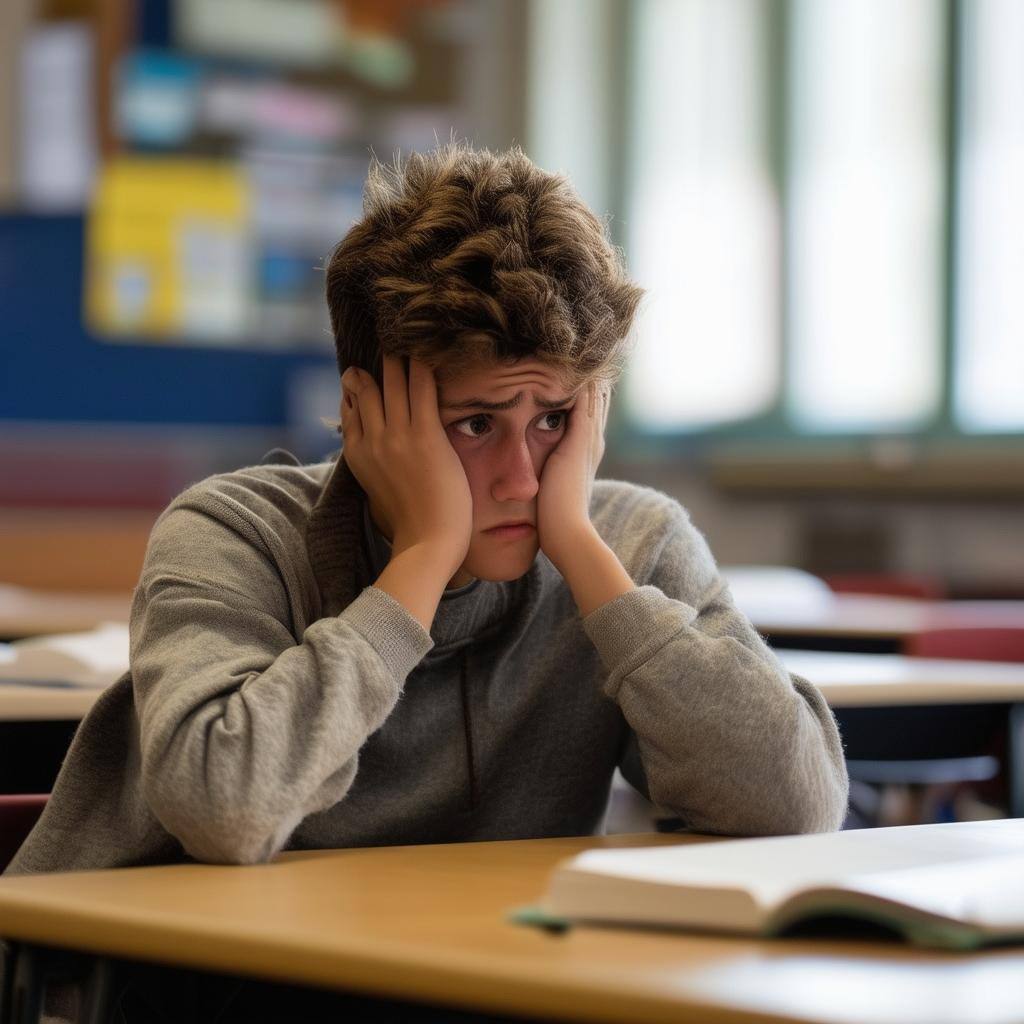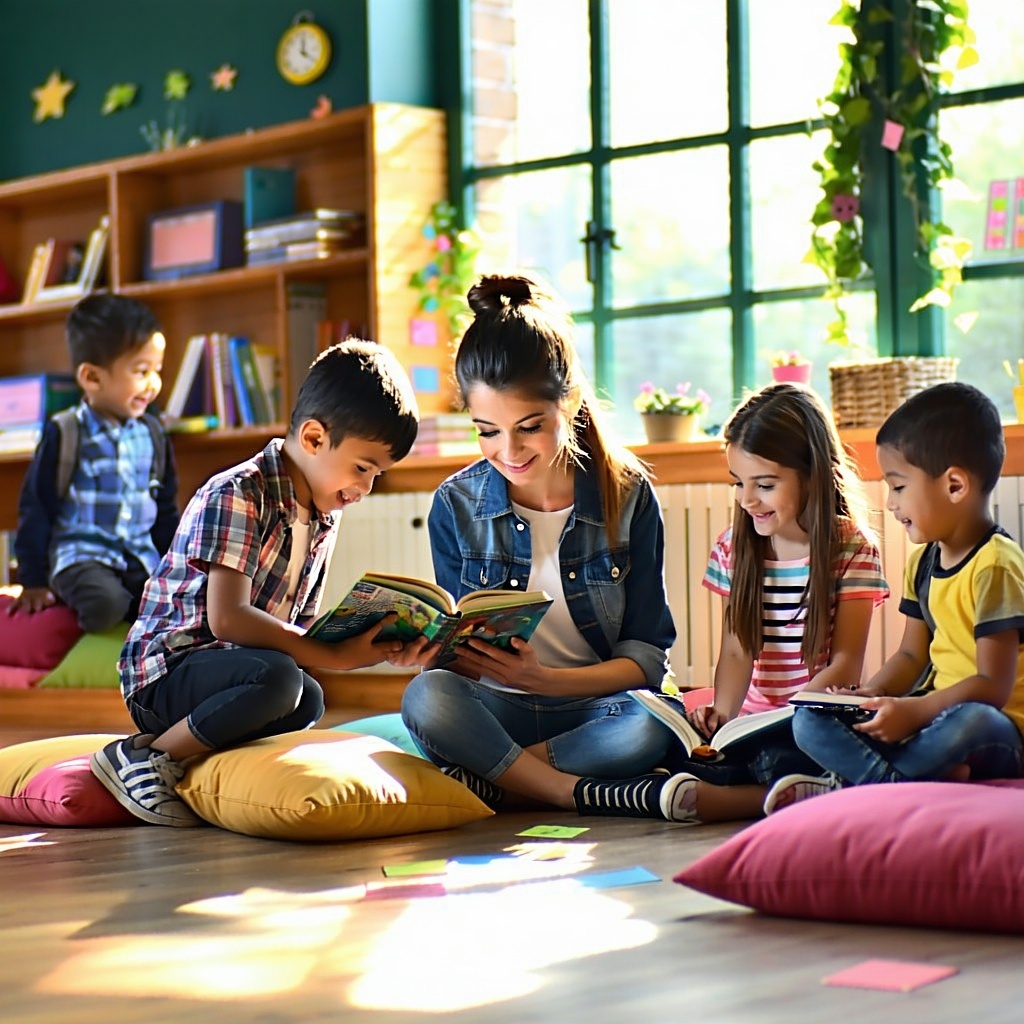The Cost of Exclusion: What School Exclusion Really Costs Us
We’re hearing more and more about school exclusion in England. But beyond the numbers, what does it actually cost — not just to the child, but to families, schools, and the wider education system? We've dug through the latest research to explore the impact.
🔍 The Real Impact of School Exclusion
The Equity by Design report, published by the Excluded Lives Project in May 2025, digs into this in a way that feels long overdue. Based on ten years of research, it looks closely at how school exclusion affects a child’s wellbeing, learning, relationships, and future. It also speaks clearly about the bigger picture — the social and financial impact on public services like health, social care, and youth justice.
One of the most striking findings is how early these patterns start. Children with SEND, mental health needs or experiences of trauma are significantly more likely to be excluded. The consequences aren’t just short term — they ripple out over time. Excluded pupils are more likely to struggle with attendance, mental health, employment, and housing later in life. Then there is the well-known school to prison pipeline.
💷 The Financial Cost to Schools and Services
From a systems perspective, exclusion isn’t cost-neutral. When a child is removed from school, the support they need doesn’t disappear — it just shifts. Often, it shows up in more reactive, expensive places: emergency mental health services, social care, or the criminal justice system.
The Excluded Lives report highlights the lack of long-term savings in exclusion. Instead of resolving an issue, it pushes that issue further down the line, where it's harder — and more expensive — to address. As one of the report’s contributors puts it: “Exclusion doesn’t solve problems. It moves them.”
📈 A National Trend: Exclusions on the Rise
This isn’t a one-off concern. Data from the Centre for Social Justice (April 2025) shows a 12% increase in suspensions and a 2% rise in permanent exclusions in just one term. And this follows years of gradual increases since the pandemic.
IPPR and The Difference have also warned that exclusion isn’t always visible. Their report Who is Losing Learning? (September 2024) outlines the ways children are quietly removed from learning — through repeated internal removals, isolation booths, reduced timetables and informal managed moves. These moments may not be formally recorded, but they still add up to a child being pushed out of school.
🧭 Reflecting on Practice
We’ve been spending time reflecting on our own approach. Like most of the people working in schools, we’re trying to get it right for the children who’ve had a tough journey through education. These reports have helped us slow down and think more deeply about what comes before an exclusion — the build-up of stress, fear, and unmet need — and what belonging might look like instead.
Over the past year, we’ve adapted some of our own systems to mirror the structure of mainstream schools, but with softer edges. We're asking, how do we hold boundaries in a way that doesn't push a child further out? It's a work in progress. But we believe inclusion isn't just about who's in the room — it's about who feels safe to stay.



